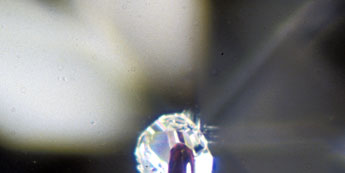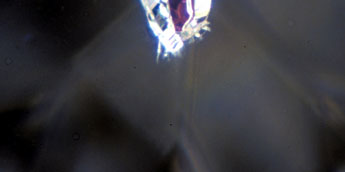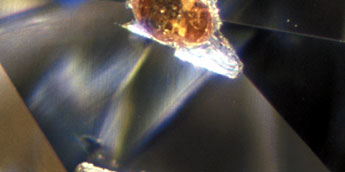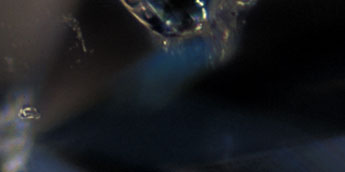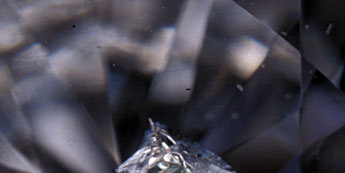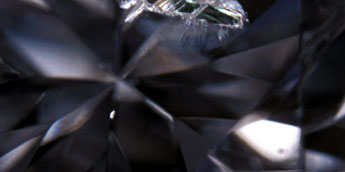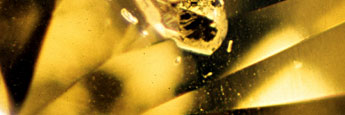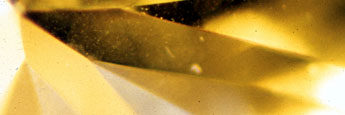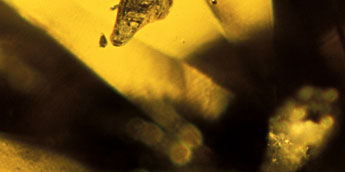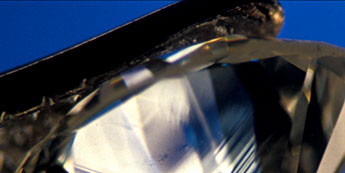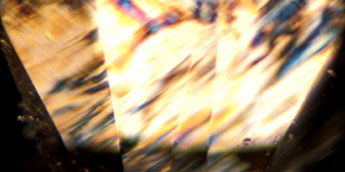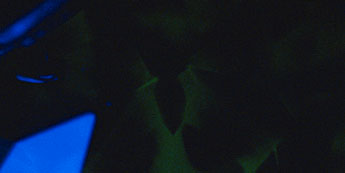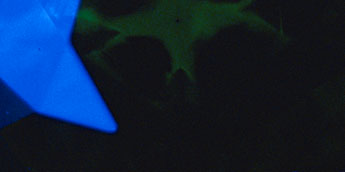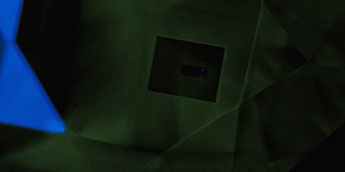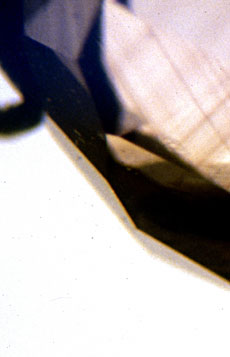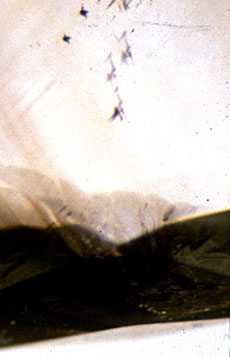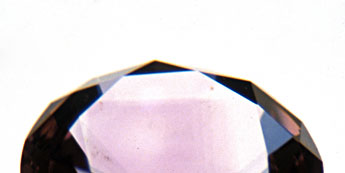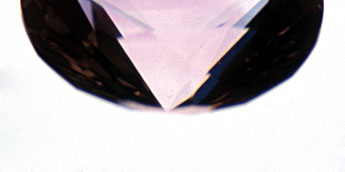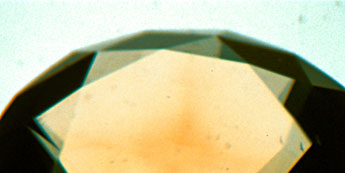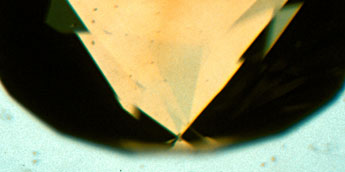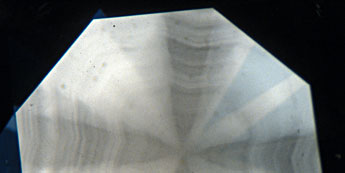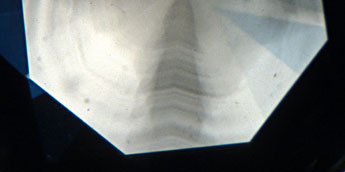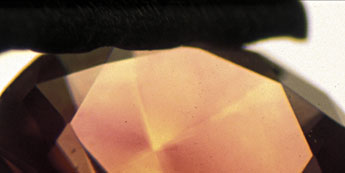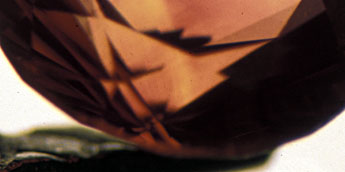|
|||||||||||||||||||||||||||||||||||||||||||||||||||||||||||||||||||||||||
| This report summarises a general lecture presented at the meeting of the Gemmological Society (Japan) in 2004. Introduction HPHT (high pressure / high temperature) treated synthetic diamonds have started appearing on the gemstone market since 1990fs. Most of these stones are typeIb yellow stones under 2 carats in weight, but some are changed to greenish-yellow typeIa by HPHT process. A few of colourless typeIIa and blue typeIIb also exist. Some stones may be irradiated and heated to change the colour into pink to red or purple these days. Techniques from Russia have traditionally been used to synthesise gem-quality diamonds, but in recent years gGemesish of the United States is mass-producing yellow diamonds with its proprietary technique that was developed out of Russian technique, while Chatham is distributing diamonds produced by the technique that is different from the Russian method. Chatham was especially proactive in promoting its products at the Tucson Gem & Mineral Show, and it has wide range of line up in pink, blue or yellow colour (Photo-1).
Identification of Synthetic Diamonds | Basic Theory - Several methods known to synthesise diamonds are HPHT method, CVD method and shock method. Among them, HPHT method can produce diamonds for gem-use. Apollo Diamond Inc. released its production and sales of diamond by CVD method, but their mass production has not been reported yet. It may be difficult for them to compete with natural diamonds in price at the present stage, but CVD diamonds are to be watched hereafter. In HPHT method, metal solvents such as Fe, Ni or Co are used, because the main composition element C (carbon) is easy to dissolve in these metals. The type of metal used differ according to manufacturers or to the required colour of the resulted diamonds, but all of them eventually give crystal forms that are totally different from natural crystals. Also the synthesised diamonds often include those metals as inclusions, which can be a clue for identification. Identification of Diamonds by Standard Methods Inclusion Natural diamond is considered to be formed in the upper mantle, 150 to 200km under the ground. The co-existing minerals in the upper mantle are such as pyrope garnet, diopside, enstatite or olivine, which may be trapped in a diamond as inclusions (Photo-2).
Anomalous Double Refraction due to Distortion @@Diamond belongs to cubic crystal system and is optically isotropic. However, most of natural diamonds show anomalous double refraction due to distortion under crossed polarising lights. The anomalous double refraction due to distortion observed in natural diamonds are basically divided into two types, one is caused during growth and the other by plastic deformation. The latter is especially used as an identifying feature for natural diamonds (Photo-4).
Colour Zoning Natural diamond grows colour zoning within the stone according to the degree of included impurity elements (mainly nitrogen) during its growth. This colour zoning is generally parallel to the octahedral faces. Brown and pink colour zoning can also be formed by plastic deformation after the crystal growth (photo-6).
|
|||||||||||||||||||||||||||||||||||||||||||||||||||||||||||||||||||||||||
|
|||||||||||||||||||||||||||||||||||||||||||||||||||||||||||||||||||||||||

